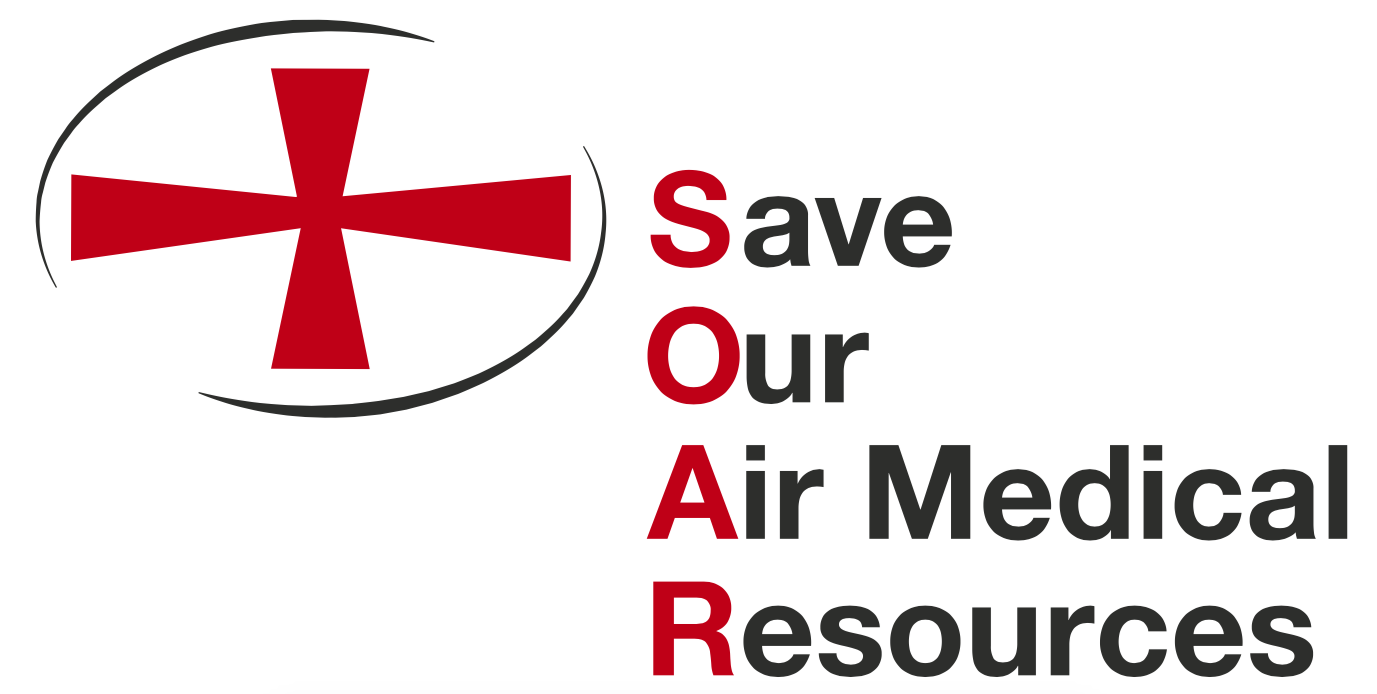In the early spring, Americans were in shock as the coronavirus ravaged busy urban centers like New York City. Seven months into the pandemic, the virus has proven ubiquitous - making its way into every corner of America, even in rural areas with big, open spaces where residents are naturally socially distant from their nearest neighbor. Despite these open spaces, cases in Michigan’s Upper Peninsula have recently surged.
As cases rise, so do hospitalizations, and as recent reporting illustrates, hospitals in the Upper Peninsula are nearing capacity. In fact, as of November 5th only 12 ICU beds were available in the UP. Luckily, emergency air ambulances are on call 24/7 to provide inter-facility transports to hospitals that are better-equipped and better-staffed, sometimes hundreds of miles away in the lower peninsula.
Air ambulances, outfitted with lifesaving medical equipment and staff, provide swift transport to the nearest appropriate facility by helicopter. They have played an increasingly important role during the pandemic, transporting over 10,000 confirmed or suspected COVID-19 cases.
Despite the absolute necessity of these services, the air ambulance industry has been facing headwinds which have resulted in 57 air ambulance base closures in 2019 in states across the US, including one in Michigan.
These companies cite low reimbursement rates from Medicare and Medicaid, which have not been updated in over 20 years, uninsured patients, and insurers refusing to cover the cost of care after the fact, even though a doctor or EMT made the call that medical air transport was necessary.
Another major factor threatening the viability of the air ambulance industry is large insurers, like UnitedHealth, Cigna, and Aetna, refusing to go in-network with air medical providers. By keeping their networks narrow, these insurers can refuse to cover the cost of transport at a fair rate. While air ambulances have proven important during the pandemic, the vast majority – 90 percent – of medical air transports are for victims of stroke, major cardiac events, or trauma. When tragedy strikes, patients deserve to be covered.
A Montana legislative study found that air ambulance services could be covered for only a $1.70 a month increase in premiums., while a similar study in Kentucky estimated that the increase would be between $0.92 and $3.69 per person per month for fully insured plans.
These numbers are modest. If we can ensure air ambulance coverage for Michiganders for less than the price of a cup of coffee, then there is no reason for the big insurers to refuse to come to the negotiating table, especially as they enjoy huge profits amid the pandemic.
Michiganders, especially those living in the Upper Peninsula and in rural parts of the state, must have access to the life-saving services that air medical provides, not just during this pandemic, but once it is over as well. It is time for insurers to step up and cover the costs of care and it is time for Congress to reconsider Medicare and Medicaid reimbursement rates. If they fail to act, lives are surely at stake.

